This extensive collection of minibeasts resources includes educational posters, classroom decorations, word wall templates, page templates and worksheets for you to mix and match with your class.
What are ‘minibeasts‘?
Minibeasts are small animals without backbones. Insects, spiders, snails and worms are common types of minibeasts.
What’s in this teaching resource pack?
Differentiated minibeast teaching resources for lower, middle and upper years. This pack is in no particular order and is designed for you to mix and match the resources you would like to use in your classroom.
- Minibeast Fact Cards
- Butterfly Life Cycle Poster
- Silkworm Life Cycle Poster
- Silkworm Life Cycle Cut and Paste Worksheet
- Minibeast Adjectives Worksheet
- Slug and Snail Minibeast Page Borders
- Minibeasts - Letters and Number Bunting
- Minibeasts - Letter, Number and Punctuation Set
- Minibeasts - Banner
- Snail and Slug Minibeast Page Border - Word Template
- Life Cycle of a Fly Poster
- Fly Life Cycle Sort Activity
- Minibeasts - Word Wall
- Minibeasts - Title Poster
- Minibeasts - Portrait Page Border
- Arachnid Anatomy - Poster and Worksheet
- Minibeast Life Cycle - Blank Templates
- Draw a Minibeast - Activity
- Finding Minibeasts - Activity
- Grasshopper Life Cycle - Blank Template
- Identifying Minibeasts Poster
- Insect Anatomy - Poster and Worksheet
- Minibeasts Classification Poster
- Minibeasts - Cut Out Decorations
- Minibeast Mission - Research Task
- Minibeasts Facts Poster
- What are Minibeasts? - Poster
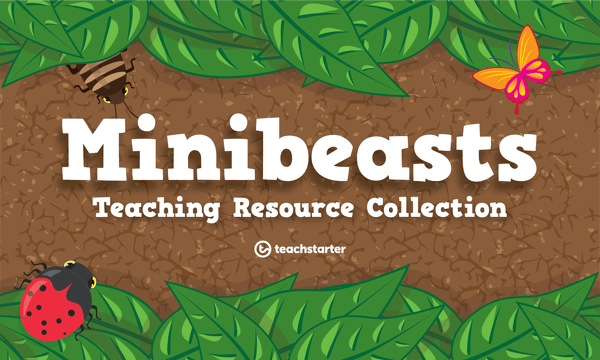


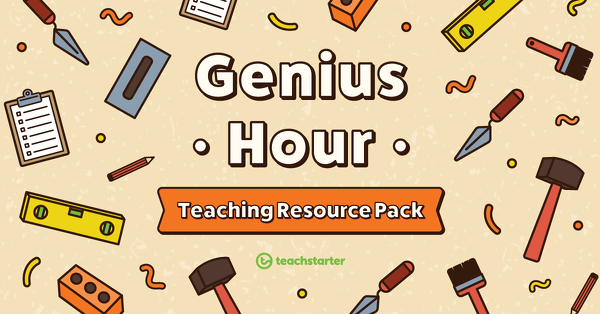
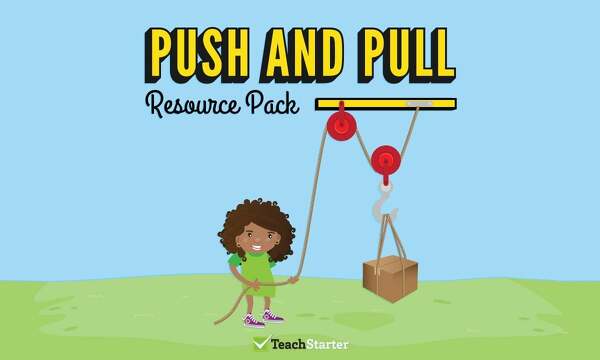
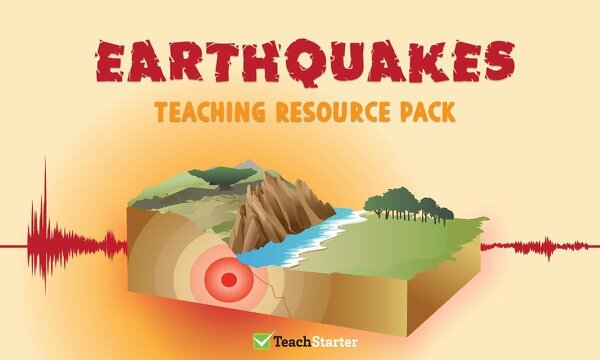
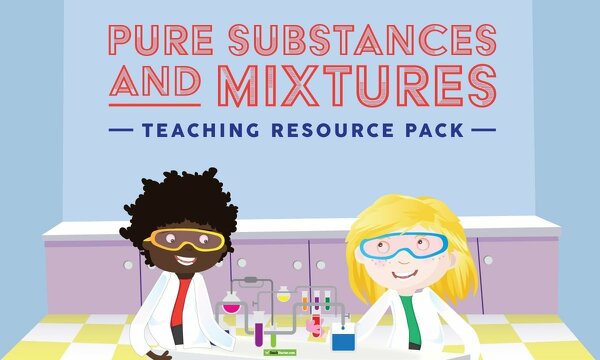
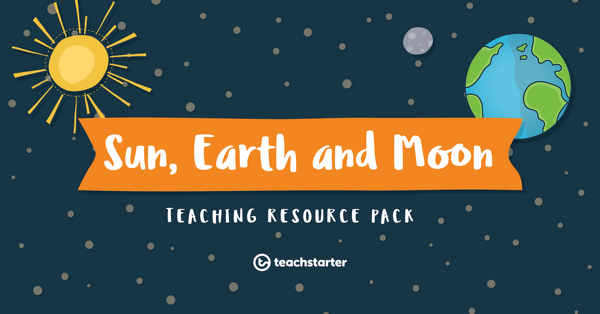
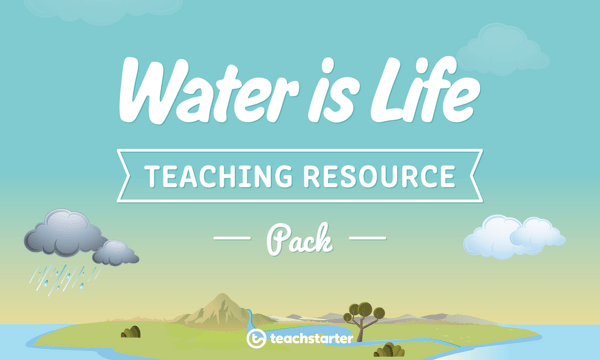
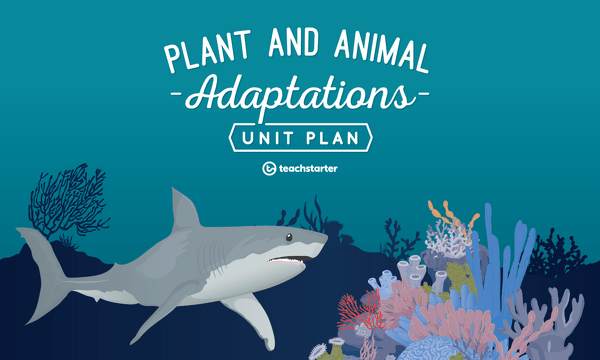
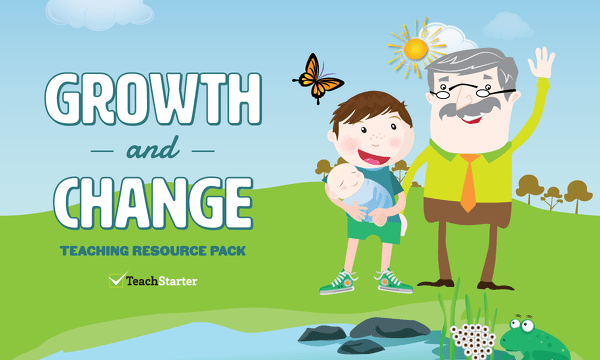
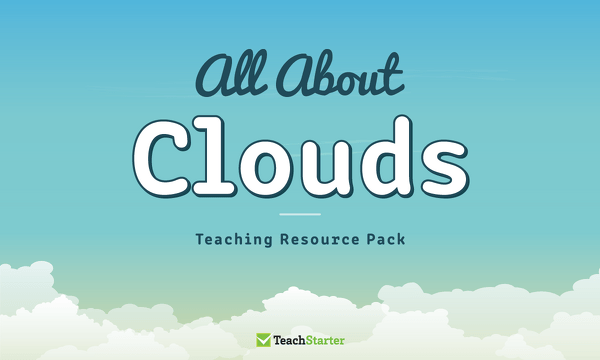
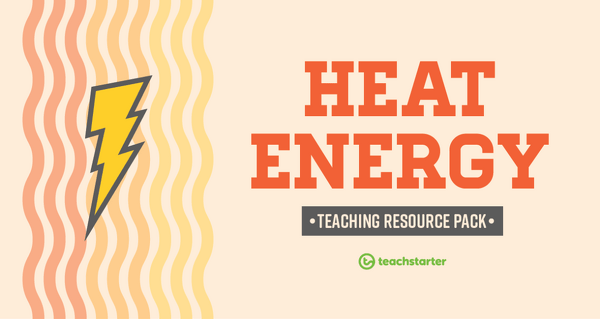
0 Comments
Write a review to help other teachers and parents like yourself. If you'd like to request a change to this resource, or report an error, select the corresponding tab above.